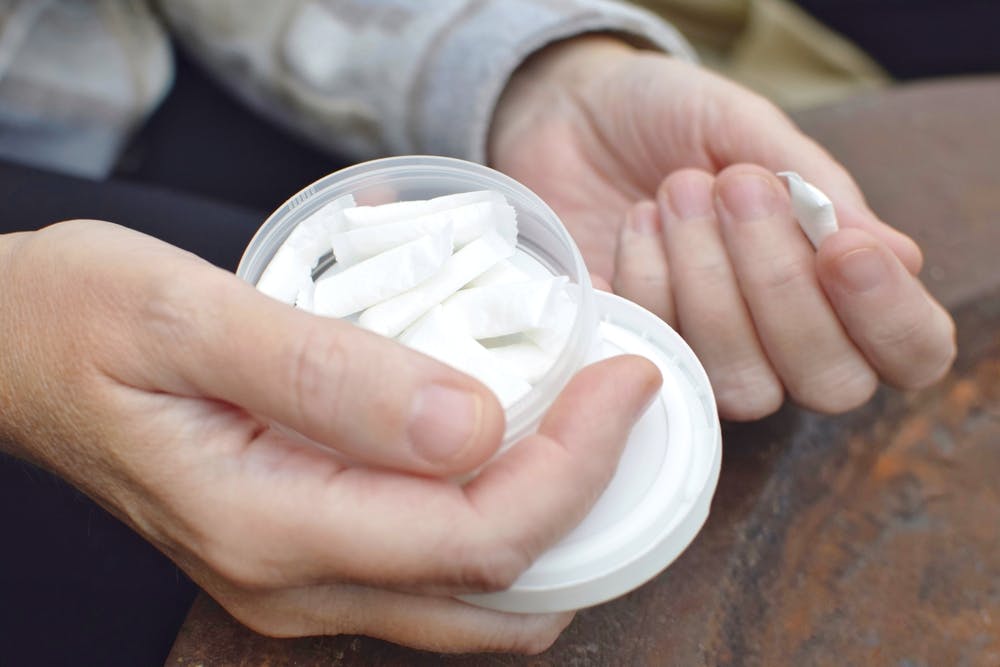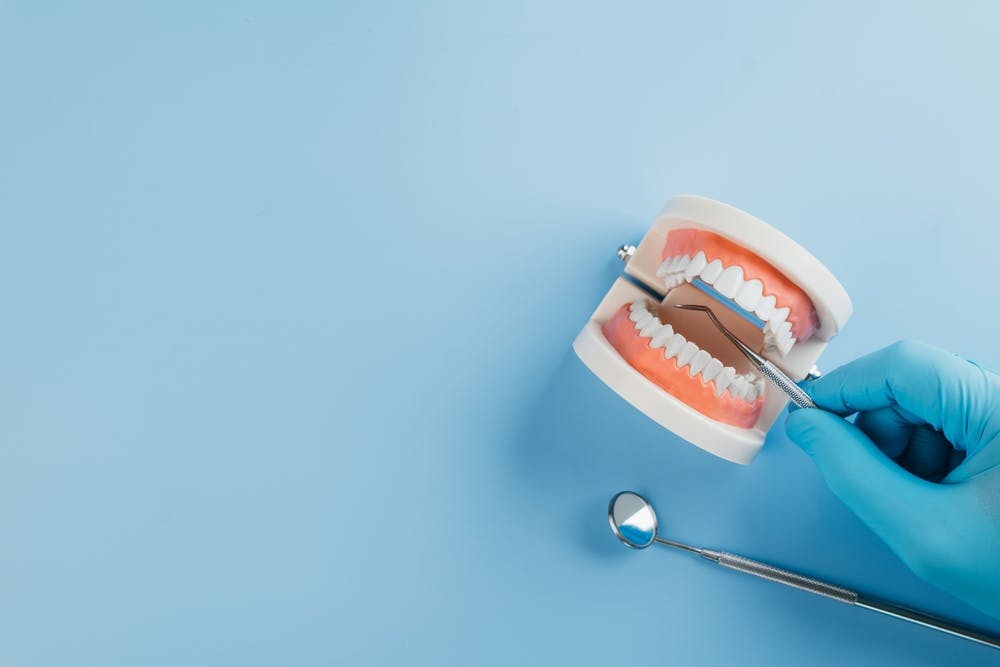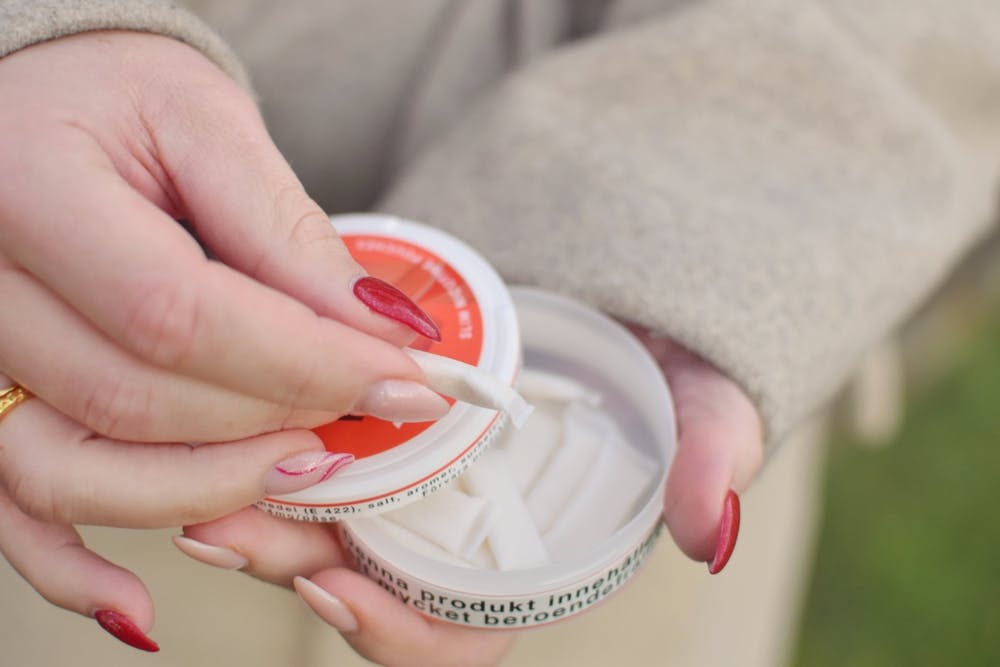
Published: 2025-06-02
Nicotine Content ≠ Nicotine Uptake: Understanding the Difference
Nicotine pouches have been coming under attack in recent months in response to concerns over nicotine levels and claims that pouches contain 15 times more nicotine than a cigarette.
News















